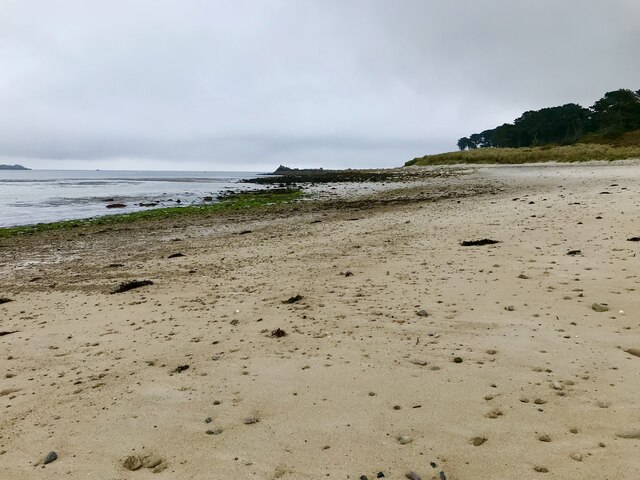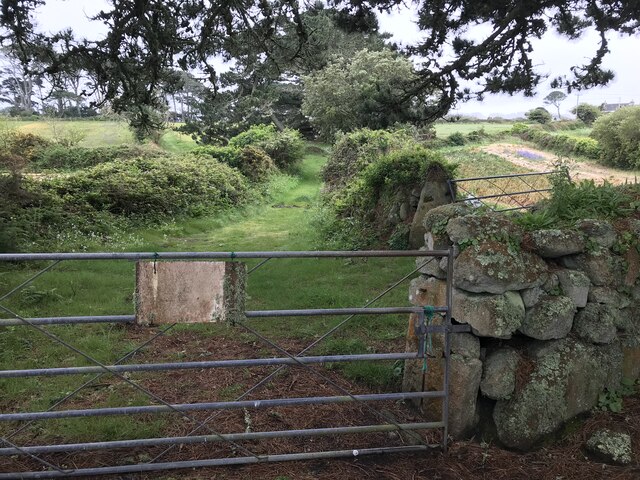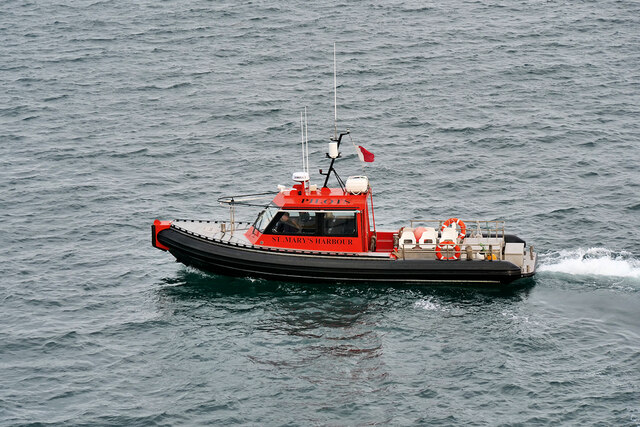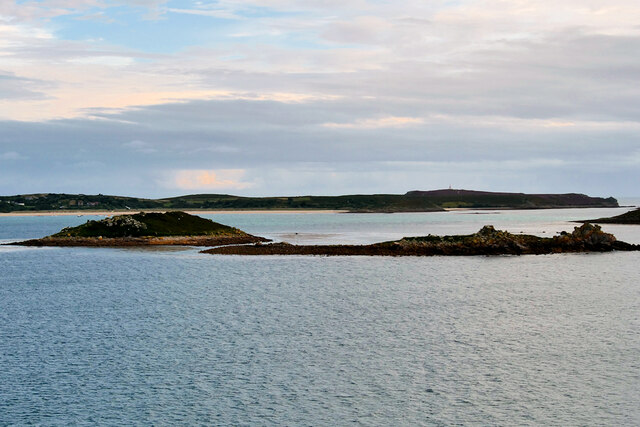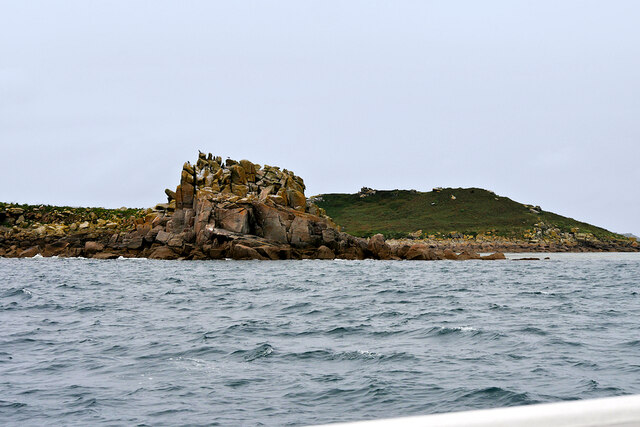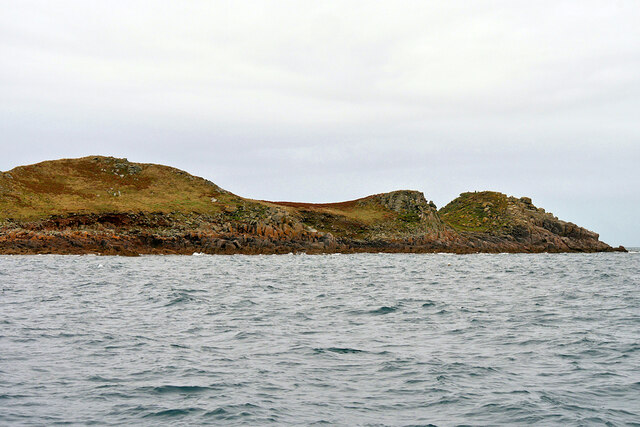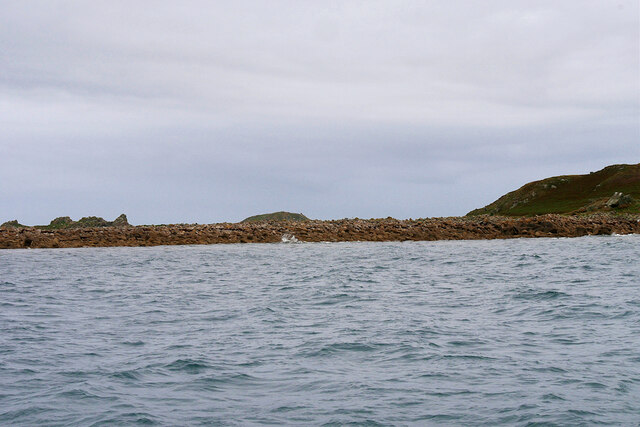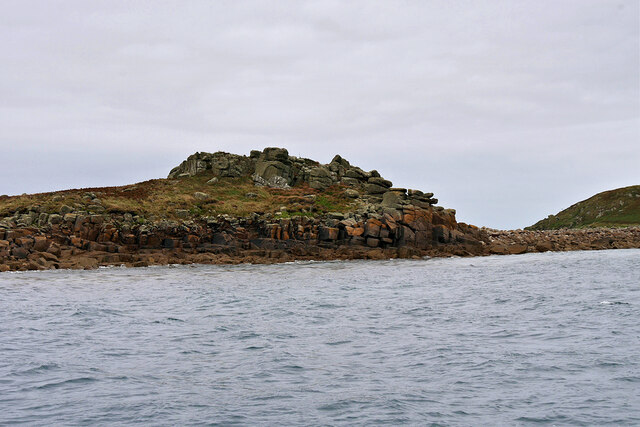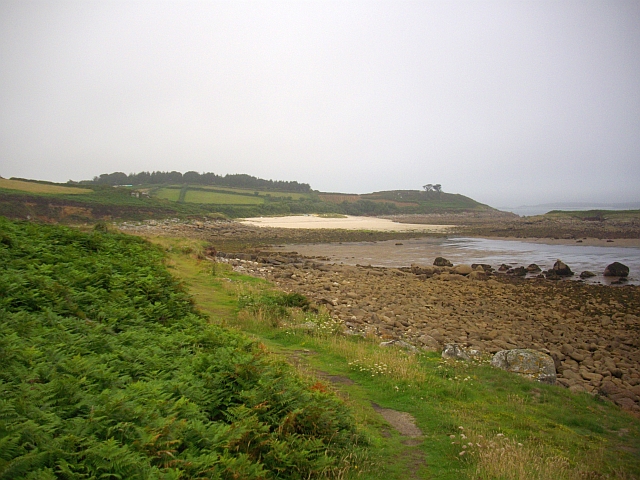Crow Sound
Sea, Estuary, Creek in Cornwall
England
Crow Sound
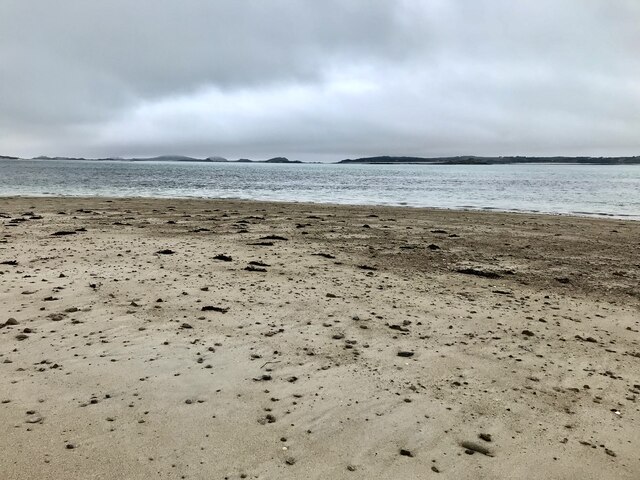
Crow Sound is a picturesque coastal area located in Cornwall, England, renowned for its stunning sea views, estuary, and creek. Situated on the southern coast of Cornwall, it is nestled between the popular destinations of Falmouth and the Lizard Peninsula.
The area is characterized by its crystal-clear turquoise waters, which are a result of the mixing of the Atlantic Ocean and the calmer waters of the Helford River. The sea in Crow Sound offers a range of activities for visitors, including swimming, sailing, and fishing. The water is generally calm, making it an ideal spot for water sports enthusiasts of all levels.
The estuary within Crow Sound is one of its main attractions. It is formed by the convergence of several small rivers, including the Helford River and the Gweek Creek. The estuary is a haven for wildlife, with a rich ecosystem of plants and animals. Visitors can explore the estuary by boat or kayak, taking in the breathtaking scenery and observing the diverse birdlife that calls this area home.
The creek in Crow Sound offers a more peaceful and secluded experience. It winds its way through lush greenery and picturesque villages, providing visitors with a tranquil setting for walking or simply enjoying the natural beauty of the area. The creek is also home to a variety of marine life, such as crabs and fish, which can be spotted during low tide.
Overall, Crow Sound is a hidden gem on the Cornish coast, offering visitors a unique blend of rugged sea views, serene estuaries, and peaceful creeks. Whether you are an outdoor enthusiast or simply seeking a peaceful escape, this area has something to offer for everyone.
If you have any feedback on the listing, please let us know in the comments section below.
Crow Sound Images
Images are sourced within 2km of 49.938753/-6.2779564 or Grid Reference SV9313. Thanks to Geograph Open Source API. All images are credited.
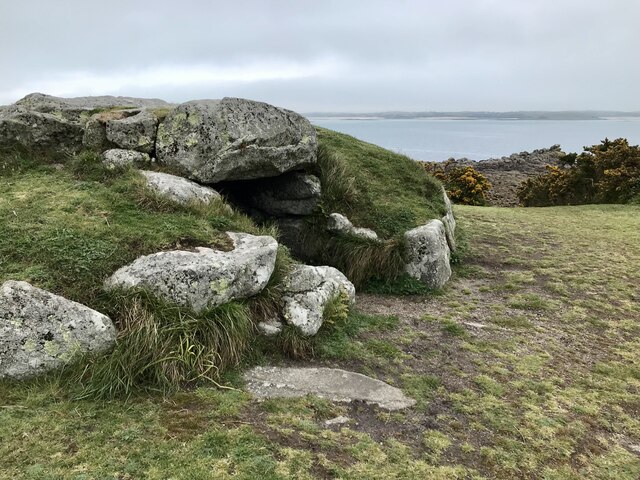
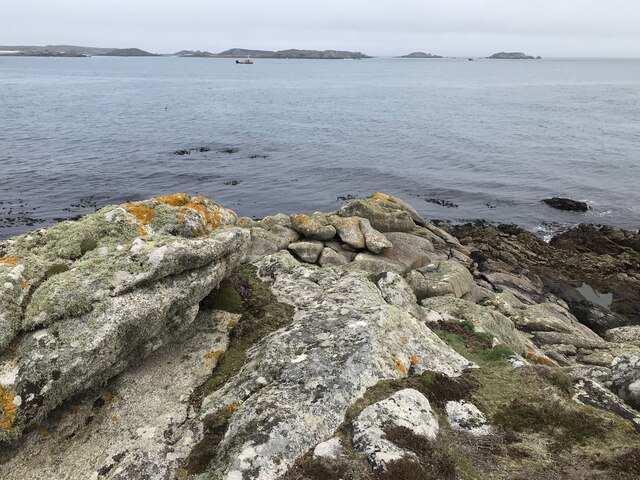
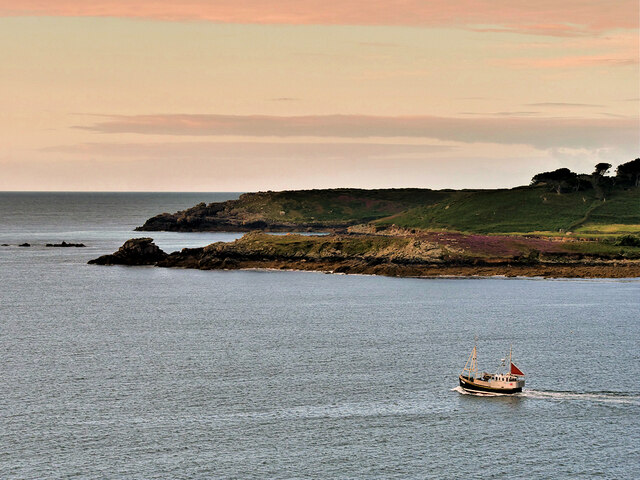
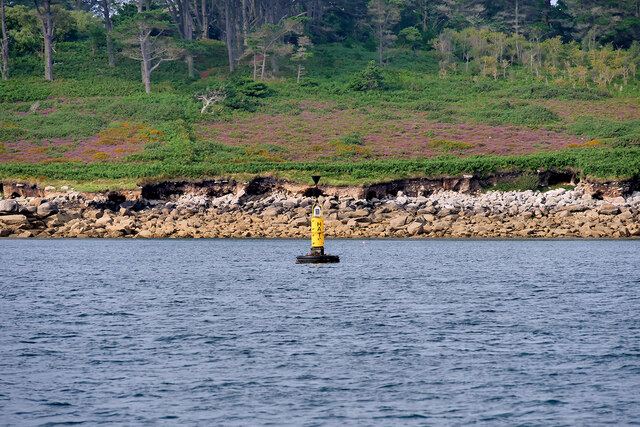
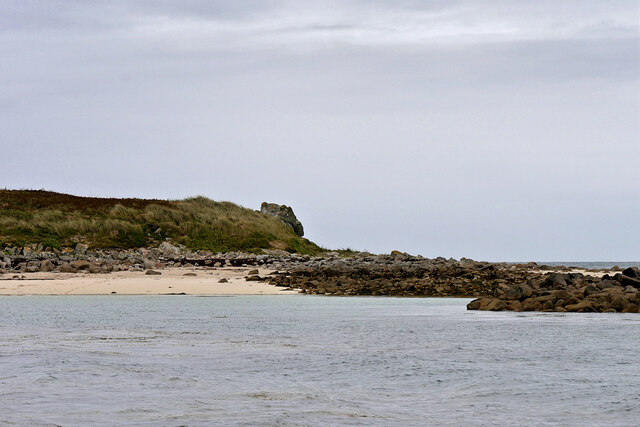


Crow Sound is located at Grid Ref: SV9313 (Lat: 49.938753, Lng: -6.2779564)
Division: Isles of Scilly
Unitary Authority: Isles of Scilly
Police Authority: Devon and Cornwall
What 3 Words
///shocked.stub.certainty. Near St Martin's, Isles of Scilly
Nearby Locations
Related Wikis
Wheel Wreck
The Wheel Wreck is the remains of a shipwreck lying in Crow sound off Little Ganinick in the Isles of Scilly. The wreck site consists of a discrete mound...
Watermill Cove
Watermill Cove is on the north–east coast of St Mary's, Isles of Scilly. It is a historic anchorage, still used today by passing yachts and other small...
Innisidgen
Innisidgen (Cornish: Enys Ojyon, meaning Ox Island) is the site of two Bronze Age entrance graves on the island of St Mary's in the Isles of Scilly. The...
Pelistry
Pelistry (Cornish: Porth Lystry "cove for ships") is a small settlement, situated east of Maypole and north of Normandy, in the east of the island of St...
Nearby Amenities
Located within 500m of 49.938753,-6.2779564Have you been to Crow Sound?
Leave your review of Crow Sound below (or comments, questions and feedback).
